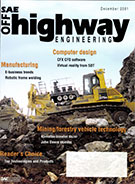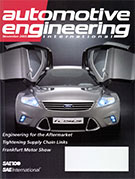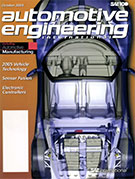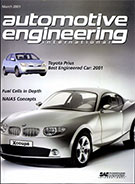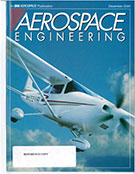Magazine

SAE Off-Highway Engineering 2005-12-01
2005-12-01
Delivering simulation benefits Product-development software tools are being put to good use in many off-highway industry segments. Movingalong with stationary power Performance, reliability, and cleanliness are just a few of the golden rules for all engines, whether they are propelling a tractor or powering a barn. Frames adapt to changing environments Heavy-equipment frames do not often get a lot of attention from customers, due mainly to the fact that they get plenty of attention during the design cycle. 2005 technology in review A look back at some of the most significant technological innovations in the news during the past year, as deemed by readers and editors.

